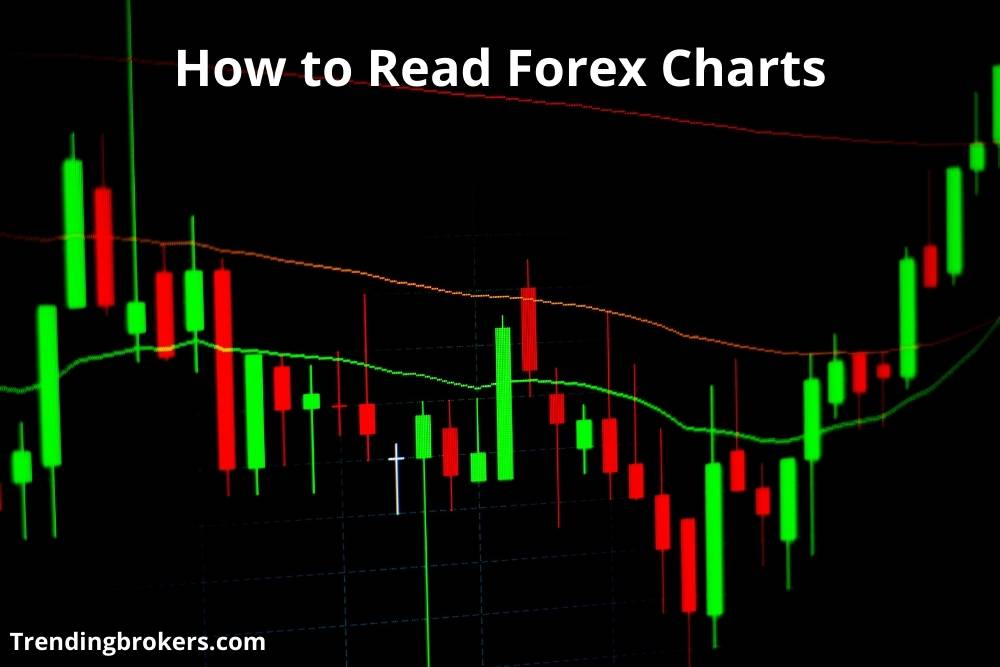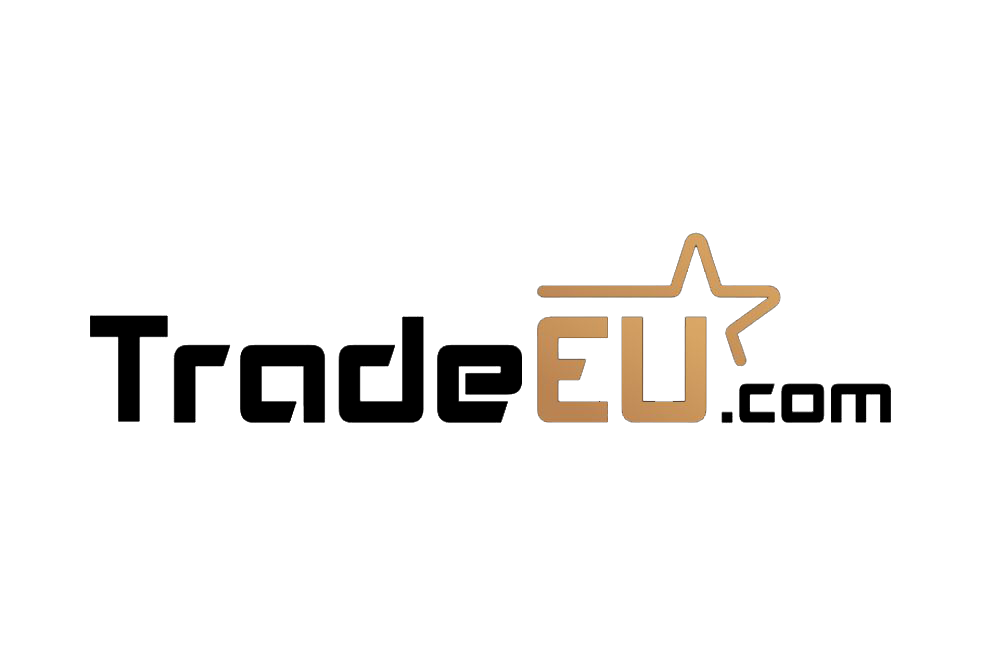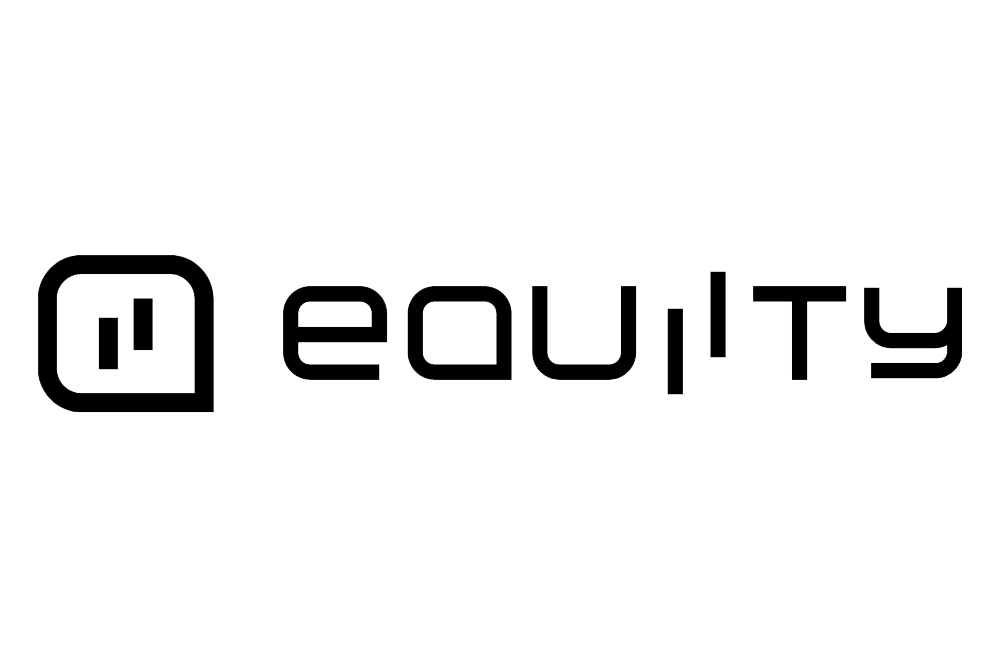If you want to succeed in trading and make a full-fledged trading career, you must know how to read forex charts. Most beginners or novices make the mistake of entering into trading without gaining knowledge about charts and patterns. Learning how to read Forex charts should be the first step before getting into trading. They will help you to make money on the exchange.
Hone your trading skills by mastering the art of reading Forex charts. To make appropriate decisions associated with your trade, you need to look at charts for trade signals and patterns. Forex charts include ticks, points and figures, lines, bars and candlestick charts.
Here is our detailed guide on how to read Forex charts. You can use the tactics mentioned below to take your trading game to the next level by reading charts.
What is a Forex Chart?
A Forex chart graphically represents the historical behaviour of the exchange rate between two currencies. It shows the data across various timeframes. You can watch the performance of any currency pair you want on a graph (Forex chart). Traders, especially involved in short-term trading, look at these charts to identify the entry and exit points, reversals, signals and moving averages.
Traders use Forex charts and technical indicators combined to predict about trades more accurately. Traders also use the traded volume of futures contracts to observe the market conditions. The exchange rate levels shown by the Forex chart are known as support and resistance levels.
By looking precisely at past price movements on a Forex chart, it would not be wrong to say that Forex charts predict the future price movements. You need a well-regulated broker to use the charting software to serve and guide you throughout your trading journey. ROinvesting is one of the best brokers that offers world-class charting software comprising more than 30 technical indicators. It provides the award-winning trading platforms with favourable trading conditions for its clients.
What to look for on a Forex chart?
You can observe market trends and exchange rate patterns that can help you to execute various trading strategies, including scalping, day trading and swing trading. In addition, you can use several technical indicators to predict the future price movements of the trades in which you are interested. Forex charting software can easily be customised.
If you want to go for advanced technical analysis, you may wish to use Elliott Wave Theory. This theory tells us about wave patterns by looking at exchange rate movements. There are five waves that move in the direction of the trend. Three out of those five waves make the trend correction and correct the trend in Fibonacci ratios.
By understanding Forex charts, it would be easy for traders to determine where to invest their funds through technical analysis. One should know how to use the forex charts to implement this technical analysis. You can use the free charting software offered by the reputed broker ROinvesting. Technical analysts believe that the current balance of buyers and sellers is more important than the fundamentals of the currency pair.
Time frames and Patterns
The charting software of most trading platforms offers all normal time frames from tick data to yearly data, including minutes and months.
There are various chart patterns, including flags and pennants, gaps and channels, ranges and triangles; head and shoulder, double, triple and saucer tops and bottoms. But on a surface level, forex charts give you the results through lines, bars and candlestick charts.
In a Forex chart, the time period is generally mentioned on X-axis and the exchange rate on Y-axis.
Types of Forex Charts
There can be different types of Forex charts. And traders can use them according to their convenience. You also can use the most suitable trading chart as per your trading style. But, of course, there is no specific categorisation of forex charts according to different trading styles.
But choose the one and hone it. If you look at various forex charts and charting patterns at one time, you will definitely get confused. Here are the most common Forex charts that are used among traders.
- Line charts
- Bar charts
- Candlestick charts
How to read trading charts
Line charts
The line chart is the simplest of all trading charts. It connects one closing price to another. When the closing prices are joined together, the line is formed. Line charts are relatively easy to use. One can quickly identify the entry and exit points by looking at lines as they will show you the rise and fall of the currency at a particular time.
They are used to observe single exchange rates. Line charts consist mainly of closing prices only. It does not include other data. Traders use them to find overall trends or other important patterns to minimise the risks. You will see the fixed time intervals on the x-axis and the price range on the y-axis.
Line charts can show you the effect of short-term trends on currency pairs. For example, if you see a steep fall in the relative price of a currency pair, it indicates that it is the right time to buy the underlying currency pair.
Bar charts
It is slightly complex to use the bar charts. But they provide more information as compared to line charts. So traders who want no risks and carry focused research on the underlying assets can use bar charts. It is quite obvious that there are fewer chances of potential risks if you use bar charts correctly.
Bar charts generally show exchange rate gaps. When you look at a bar chart, you will see the highs and lows for each time period. This pattern forms bars. They also have fixed time intervals mentioned on the x-axis. There are both open and close levels also on a bar chart. Bar charts are also known as HLOC charts. HLOC means High, Low, Open, Close.
The vertical line you may see on a bar chart connects the high and low. You can identify the open level with a horizontal dash towards the right and close level when the horizontal dash towards the left.
Candlestick charts
Candlestick charts are the advanced version of bar charts. The charting software is a Japanese invention. They also indicate highs and lows on a vertical line. But they also show you the colour of those bars or candles to signify the rise and fall of the market in a particular time interval.
The vertical lines tell you about the trading ranges. You can easily opt for entry and exit points and find the open and close levels with these trading ranges.
Traders use candlestick patterns to pinpoint their entry and exit positions. The best part about these FX charts is that they can show you the blocks of range of opening and closing price. For example, white colour means bullish candle and black colour means bearish candle.
There is another term included in candlestick charts is wicks. Wicks is referred to the vertical lines between the low and the open between the high and the close. You may see both long and short wicks.
The size of the wicks tells you about certain market conditions. Traders use wicks to identify different signals and market trends to mitigate the risks and maximise the chances of higher returns on their investments.
By looking at candlestick charts, you can see that buyers and sellers drive the market conditions. This is a great tool to know what are the factors shaping up the market conditions.
Mountain charts
The mountain charts are quite similar to the line charts. But the major difference between line and mountain is that the area beneath the line is shaded in mountain charts. Therefore, one can efficiently conduct Forex charts analysis using a mountain chart.
Reading Charts with Technical Indicators
Forex charts can be customised according to the technical indicators. Thus, one can have a detailed understanding of currency movements on a forex chart with the help of technical indicators. There are a large number of technical indicators to predict the market conditions, but the most common and efficient ones are Bollinger bands, moving average lines and relative strength index (RSI).
Several indicators are there that can become part of an automated trading system. Of course, there can be different opinions and a long debate on distinct technical indicators. But traders must choose what suits them. See what works best for you and use it for a long time to hone it.
Bollinger Bands
Bollinger bands are used to measure the volatility of the market. When the pattern in Bollinger bands comes close, it is known as a squeeze. Traders look for squeezes to enter the market with several potential opportunities to make money. Bollinger bands are a type of overlays.
Overlays indicators use the same price and plot them over the top of prices on a forex chart. This is one of the best ways of trading the charts. When band size becomes wider, it is a sign of closing the position as there is less volatility in the currency pair.
Moving Average Lines
Simple moving averages (SMA) is the most common technical indicator. It is also a type of overlay. Closing prices of a particular period added up, and the value that comes after the addition is divided by the time within that period. This gives you a subtle idea of how moving average lines works.
Suppose you are adding up the closing prices of ten hours period, dividing that value by ten. It will give you a simple average line.
This tool makes sure that strategies applied by the traders are implemented and coordinated successfully.
Relative Strength Index (RSI)
Traders look at the relative strength index to find the overbuy and oversell opportunities. This technical indicator is a form of an oscillator that oscillates between the minimum and maximum prices and plots over or below a forex chart.
Reading below 30 on a scale from 0 to 100 is the indication of an oversold market condition. On the other hand, if the value appearing is above 70, it will be the overbought market condition. So, a trader should look to buy in the oversold condition and sell in the overbought condition.
Technical Analysis
Technical analysis is the reason why we need to read forex charts. There is a term called pips chart, which is also a form of forex chart. Pip means Price interest point or percentage in point. Unfortunately, there are very few traders who believe in technical analysis. But it is the most basic step that should be taken before you start trading in currency pairs.
The Foreign exchange is the largest market in terms of exchange—more than $3 trillion exchange across the world on a daily basis. Daily, millions of traders enter and exit the market, some of them with profits and some of them with losses. Most of those who came up with gains implement a thorough technical analysis.
Because of the high volume of trades, the volatility in currency pairs shoots up. This brings ample opportunities for traders to cash out on their investments in the forex market. Technical analysis heavily relies on the price which is appearing on the forex chart you are using.
How To Read Forex Charts: Final Words
Reading charts would be very helpful for you to place your trades at the right time with the right move. Whether you want to open your position or close your position, trading as per the guidance of forex charts would be quite beneficial for you. It is important to understand that reading various forex chart patterns is necessary to cut down the potential risks. You will know where to enter and where to exit after reading the charts correctly.
Traders cannot risk their capital due to the common mistake of not conducting the technical analysis. Above is the basic understanding you need to know to read charts. If you are looking for a good broker, ROinvesting is one of the best brokers that provides trading at minimal costs with favourable trading conditions.


